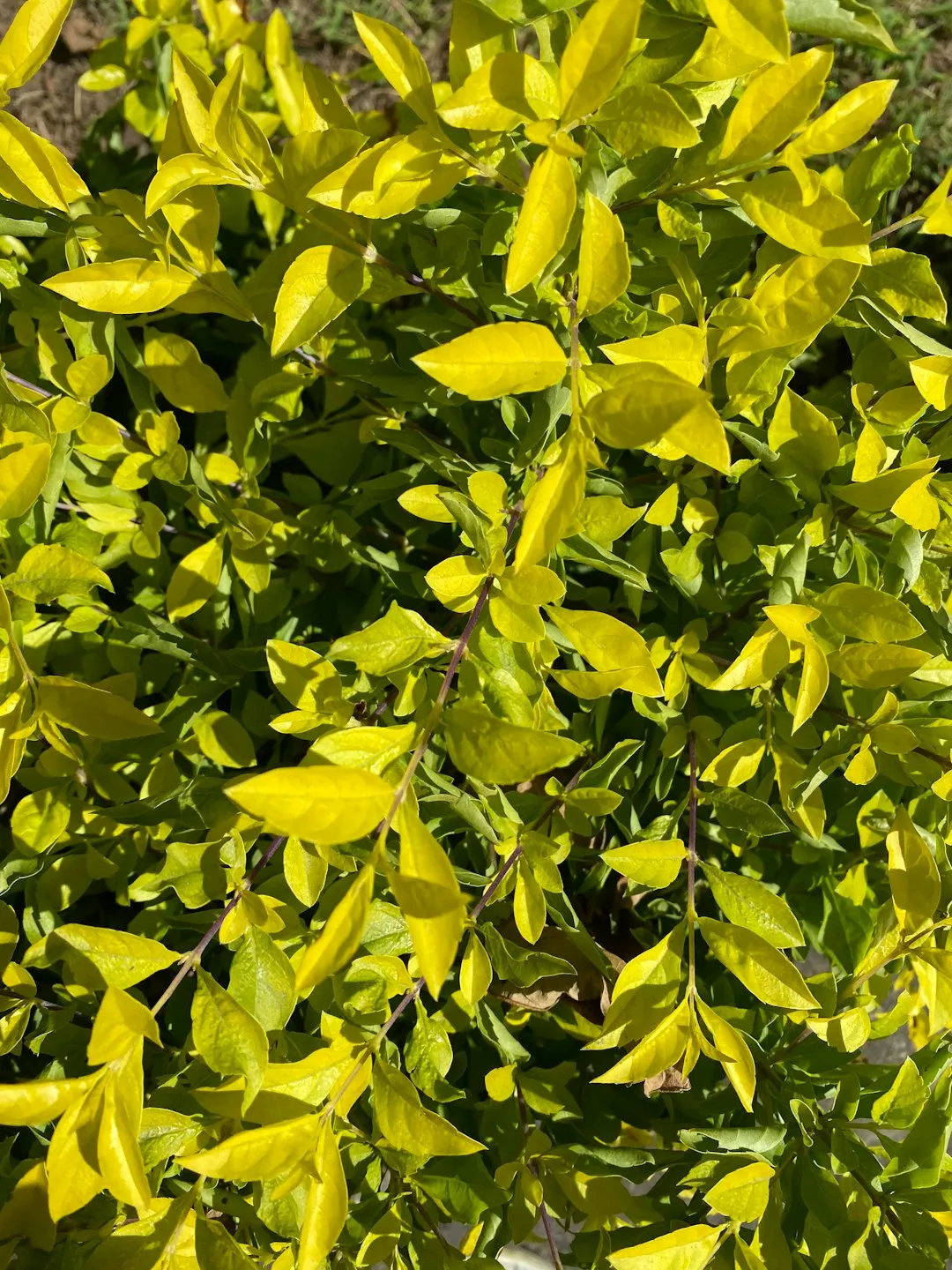The Enchanting World of Pilea Houseplants

Houseplants have long been cherished for their ability to bring a touch of nature indoors, purify the air, and add a splash of color to our living spaces. Among the vast array of houseplants available, pilea stands out as a group of easy - care plants that offer both beauty and charm. In this article, we will delve into the world of pilea and learn how to take excellent care of these delightful plants.
Pilea plants are known for their unique and eye - catching features. Their leaves often have colorful veining that adds an artistic touch to their overall appearance. The texture - rich leaves give them a three - dimensional quality, making them a focal point in any room. There are several popular varieties of pilea, each with its own distinct characteristics.
One of the most well - known pilea varieties is the Pilea peperomioides, also known as the Chinese money plant. This plant has round, coin - shaped leaves that seem to float on long, thin stems. It has gained immense popularity in recent years due to its unique look and relatively easy care requirements. Another variety is the Pilea cadierei, or the aluminum plant. Its leaves are adorned with silver markings that resemble the sheen of aluminum, hence the name.
When it comes to caring for pilea plants, light is a crucial factor. Most pilea varieties prefer bright, indirect light. Placing them near a north - or east - facing window is ideal. Direct sunlight can scorch their delicate leaves, so it's important to avoid exposing them to intense rays. If you don't have a suitable window, you can also use artificial grow lights to provide the necessary light for their growth.
Watering is another aspect that requires careful attention. Pilea plants like to be kept evenly moist but not waterlogged. Overwatering can lead to root rot, which can be fatal for the plant. A good rule of thumb is to water the plant when the top inch of the soil feels dry to the touch. During the winter months, when the plant's growth slows down, you can reduce the frequency of watering.
Soil is also an important consideration. Pilea plants thrive in well - draining soil. A mixture of potting soil, perlite, and peat moss works well. This type of soil allows excess water to drain away quickly, preventing water from sitting around the roots. You can also add a layer of gravel at the bottom of the pot to improve drainage.
Fertilizing your pilea plants can help them grow healthy and strong. During the growing season, which is typically spring and summer, you can use a balanced, water - soluble fertilizer once a month. Dilute the fertilizer according to the package instructions to avoid over - fertilizing, which can damage the plant. In the fall and winter, you can stop fertilizing as the plant enters a period of dormancy.
Propagation of pilea plants is relatively easy. One common method is through stem cuttings. Simply take a cutting from a healthy plant, making sure it has at least a few leaves. Place the cutting in a glass of water and wait for roots to develop. Once the roots are a few inches long, you can transfer the cutting to a pot with soil. Another method is by dividing the plant. If your pilea has grown large and bushy, you can carefully separate it into smaller sections and plant them in individual pots.
Like all plants, pilea can be susceptible to pests and diseases. Common pests include aphids, spider mites, and mealybugs. To prevent pest infestations, keep your plant clean and well - ventilated. If you notice any pests, you can use insecticidal soap or neem oil to get rid of them. As for diseases, root rot is the most common problem, which can be avoided by proper watering and soil management.
In conclusion, pilea plants are a wonderful addition to any indoor plant collection. With their colorful veining, texture - rich leaves, and easy - care nature, they are sure to bring joy and beauty to your home. By following the tips on light, water, soil, fertilizing, propagation, and pest control, you can ensure that your pilea plants thrive for years to come.